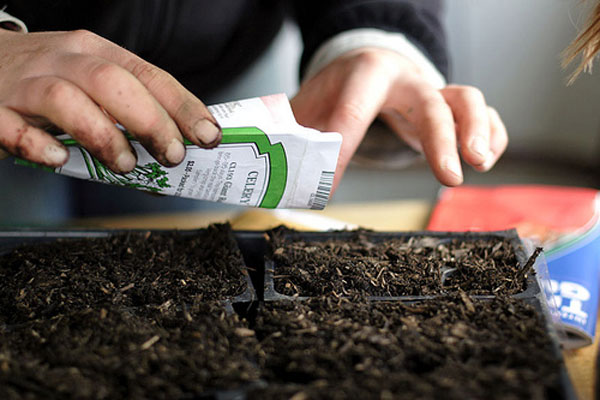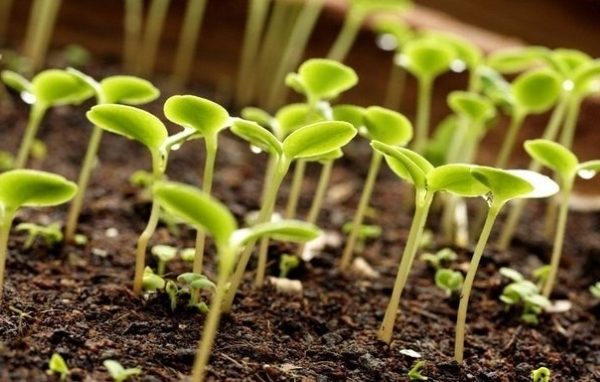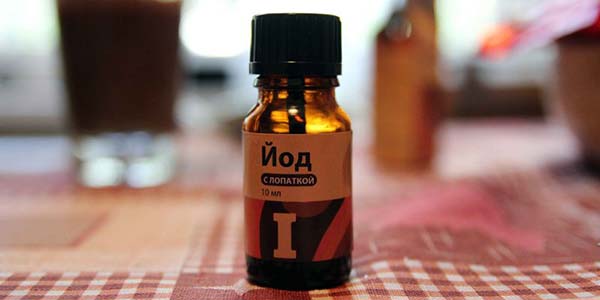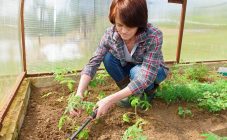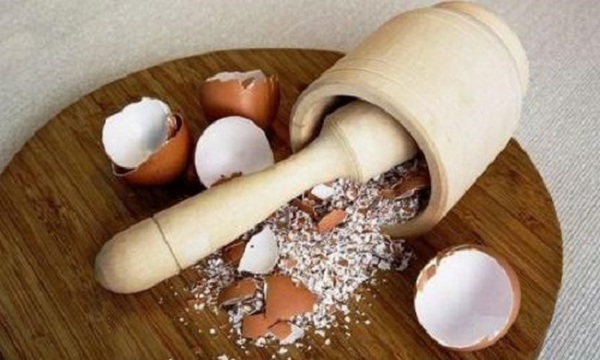Content:
The key to obtaining a guaranteed high yield of vegetables, and tomatoes are no exception - a strong planting material. Proper seed preparation and care of seedlings will allow you to see the results of your labor without much difficulty and hassle. Tomatoes grown in a greenhouse yield about one month earlier than those planted outdoors. Therefore, already in May, the time comes for transplanting grown seedlings into protected ground.
It is best to plant seedlings in a greenhouse at the age of 40-45 days - they are stocky, not overgrown, the most viable. Therefore, in March it is time to start sowing seeds at home, so that at the beginning of May it will find a permanent place. The greenhouse is prepared in advance. Experienced vegetable gardeners prepare it for spring planting in the fall.
Seed preparation
Choosing a variety of tomatoes is an important and interesting business. The location of the site (climatic conditions of the area) and the desired properties of vegetables, which will delight on the table, matter. Some emphasize fresh fruit consumption, others focus on harvesting.
Seed selection is reduced to the destruction of weak, small and damaged specimens.
First, dry large, heavy and uniform light seeds are selected. They are placed in a solution of salt (1 large spoon per cup of water), after a while, all that have emerged are removed. After that, the seeds must be warmed up in natural conditions for a couple of days (a warm battery will do).
The next stage is disinfection in a solution of potassium permanganate or in heated hydrogen peroxide.
And the final stage before sowing is soaking in water at room temperature (pour the seeds into a gauze bag and lightly cover it with water in a glass container). Seeds that have hatched are ready for planting.
Soil preparation
The best quality seedlings will grow in peat pots or small pots made from a different material. You can sow seeds in a container (it is convenient to place it on narrow windowsills), but when transplanting ready-made seedlings into a greenhouse, it is easy to damage the root system. Therefore, the best option is to get it with closed roots.
Optimal soil composition:
- garden land;
- humus;
- peat.
Top dressing
If, during the growth process, young seedlings do not have an intense green color, they should be fed with a weak solution of bird droppings or mullein.
Growth is noticeably activated when potassium and urea are added (they must be added to the solution with manure). Repeat the procedure in a week.
How to accelerate the growth of tomato seedlings
If the gardener is late in growing seedlings and the timing of planting in open ground or in a greenhouse is already running out, the following measures should be taken:
- apply fertilizer to each hole (one kilogram of compost or generously add humus), water the planted bush with water with mixed bird droppings (attention! be careful with the dosage - 1 to 20);
- to form a minimum number of trunks in order to prevent the growth of green mass.For an indeterminate variety - one, that is, to cut off all stepsons (leave hemp), and for a determinant one - leave two or even three trunks. Destroy all stepchildren except one or two above the lower leaves.
At the earliest stage, it is possible to "push" the seeds so that they germinate faster. For this, they are hardened. The procedure is carried out 3-4 times. Place the seeds in a damp cloth in the refrigerator for one day, then return them to the room.
How to enhance growth after picking tomato seedlings
The pick is carried out after the formation of 2 full-fledged leaves. Only strong plants remain in the container or pots.
A good effect comes from root shortening (stimulation of lateral root growth).
A week after the pick, the first feeding is carried out - either with mineral complex fertilizer (saltpeter, potassium sulfate, superphosphate), or organic (mullein solution). There are several such dressings during the period of seedling growth. At the initial stage, the plant quickly consumes nutrients; additional feeding is required for active growth.
Pots with young seedlings are exposed in a warm and very bright place. Plants develop rapidly after a pick. The earth must be constantly moistened.
Seedling growth accelerators
Having thought about how to accelerate the growth of tomato seedlings, the gardener can resort to special stimulants. There are certain rules for using seedling growth accelerators, they should not be neglected:
- the first procedure is carried out directly with the seeds - they are kept in Kornevin's solution, which ensures rapid emergence;
- after the seeds have hatched, Zircon or Epin is used to properly develop and strengthen the root system;
- just before planting, a small seedling is once again processed by Kornevin - doping will help to adapt to the new soil;
- the rooted bush is sprayed with Zircon for the early formation of flower brushes.
Folk tips for accelerating tomato growth
Opponents of using chemicals to stimulate the growth of seedlings use their recipes, proven for many years.
Here are some of them:
- iodine - a tomato ripening stimulator and protects against late blight (only 4-5 drops per bucket of water - and an excellent top dressing is ready). Each bush will need two liters of solution;
- ash - excellent phosphorus and nitrogen fertilizer. In liquid form: a glass of ash in a bucket of water, pour half a liter under the bush. It will also protect against pests;
- baker's yeast- an excellent stimulator of seedling growth, especially if the seeds were sown late. Dilute a pack of yeast in a bucket of water, add a few tablespoons of granulated sugar to speed up fermentation.
- nettle- rich in trace elements - iron, potassium, nitrogen - also a proven remedy for tomato growth. Water the tomatoes with fermented infusion diluted in water (1 to 10);
- eggshell - contains microelements vital for seedlings: calcium, magnesium, phosphorus, sulfur, iron, they allow seedlings to develop harmoniously. It is used in a fermented form, after the decomposition of hydrogen sulfide, which is reminiscent of a specific smell. It is also used in the form of a powder to neutralize the acidity of the soil;
- banana peel - designed to increase the amount of potassium, due to which the oxidation process in cells improves, resistance to pathogenic factors increases, the plant tolerates a lack of moisture more easily. The solution is infused for several days (skins from 9-10 bananas per bucket of water).
Subject to all the rules for seed germination, soil preparation, picking and feeding, the seedlings will form strong and invulnerable.
https://www.youtube.com/watch?v=2MsjY2oiDmo
